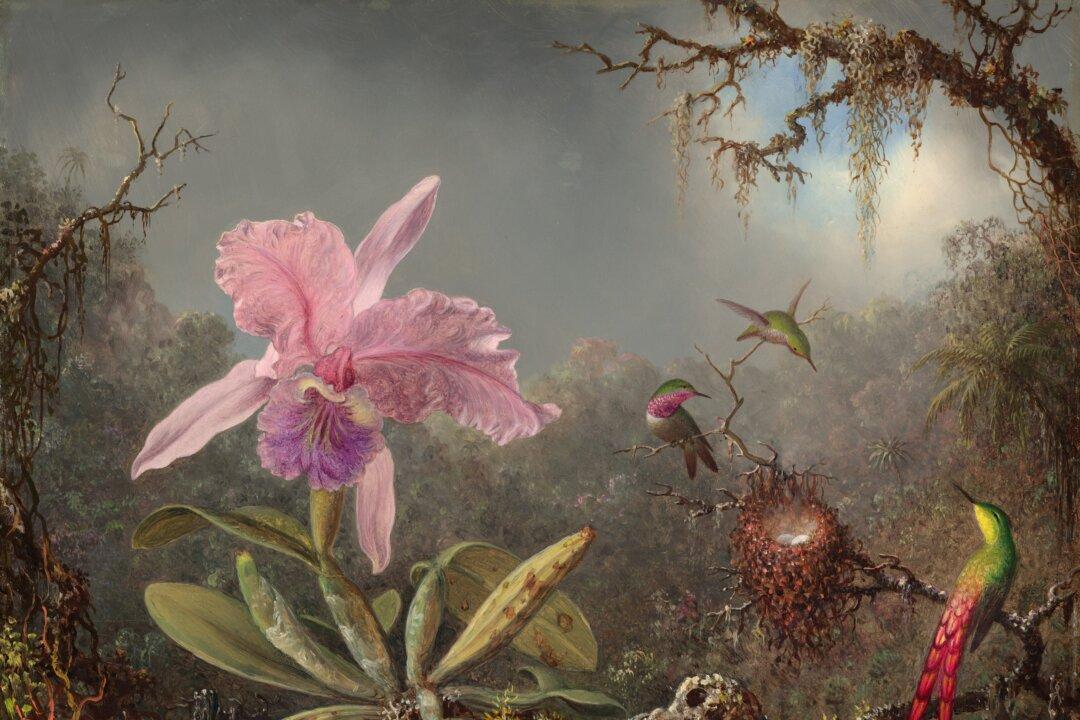“I always loved those little creatures, always feeling blessed when they appeared nearby. There’s a magical quality to them.”—American musician Leonard Cohen
Hummingbirds are a source of endless fascination for human beings throughout the Americas. With their gracefully rapid movements and shining spectrum of colors, hummingbirds are one of life’s intrinsic pleasures to behold. Like fairies of the ornithological world, they embody a certain innocence or ethereal essence in their small, fragile forms as they flit from flower to flower, on imperceptible wings, repeatedly plunging their very long, thin beaks into the nectars of life. These unique and appealing features of their being have long made them the subject of artistic adoration and commerce, transcending borders and uniting enthusiasts of art and garden decoration alike.





